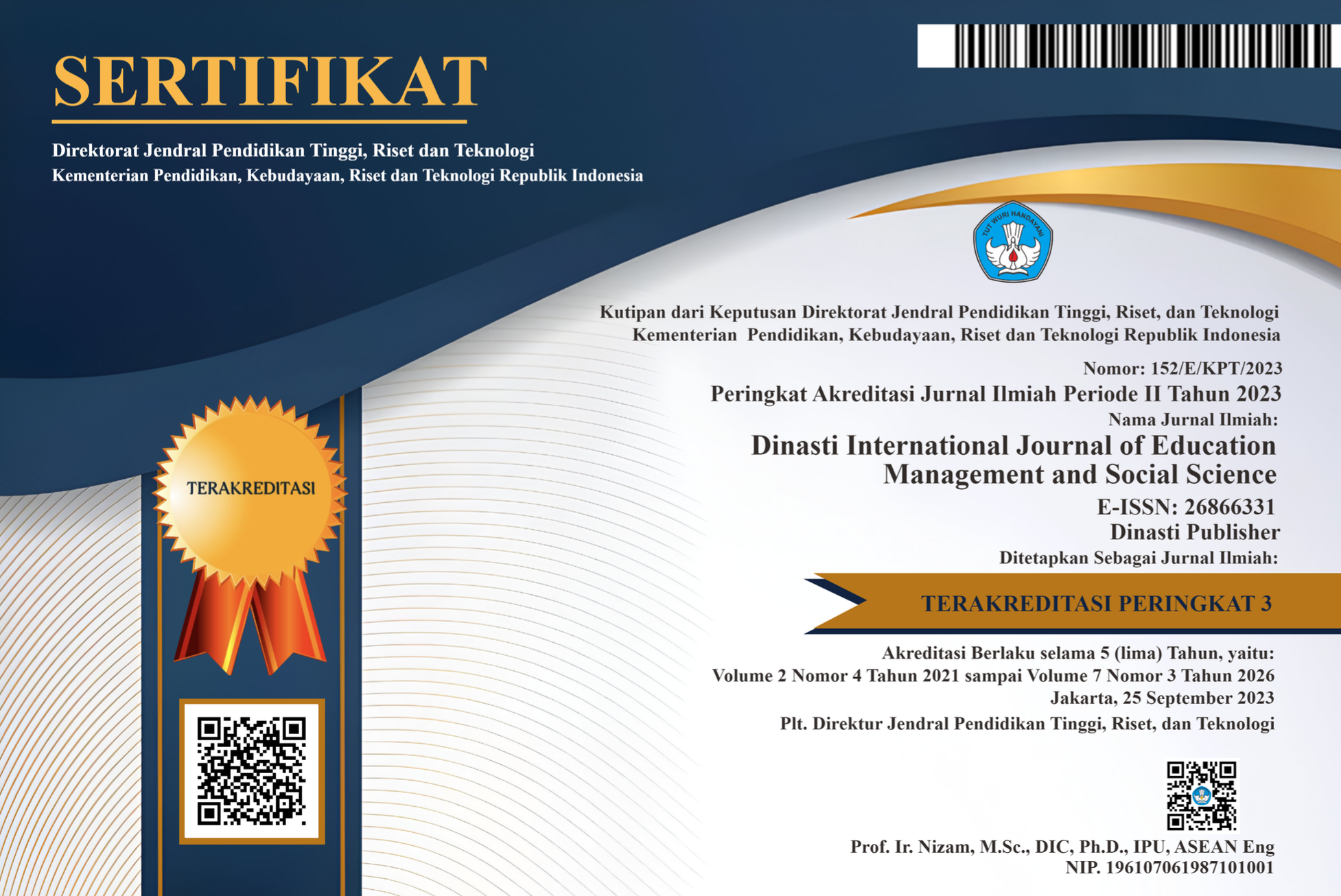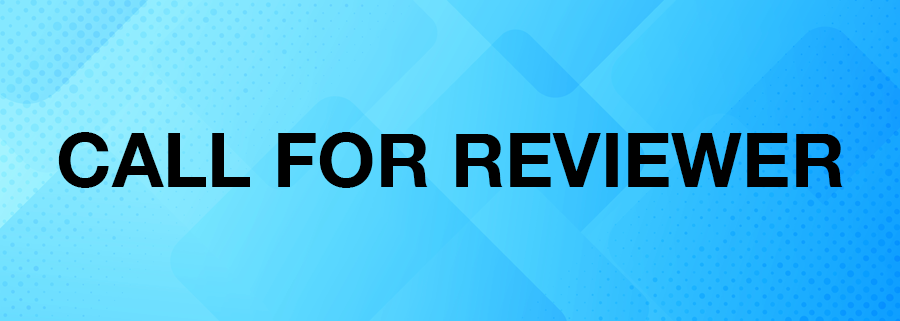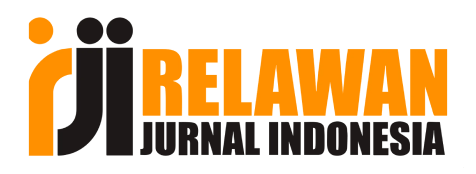Implementing Total Quality Management to Enhance Vocational School Graduates' Competitiveness: A Case Study in West Java
DOI:
https://doi.org/10.38035/dijemss.v6i4.4437Keywords:
Total Quality Management, Pendidikan Vokasi, Kesiapan Kerja, PDCAAbstract
This study aims to evaluate the effectiveness of the implementation of Total Quality Management (TQM) in increasing the competitiveness of Vocational High School (SMK) graduates in West Java. This topic is important because it is a strategic effort to bridge the gap between vocational education and the needs of dynamic industries. This study uses a qualitative approach to deeply understand how industrial internship programs are integrated into the curriculum and their impact on students and the school's relationship with industry. Data was collected through observation, interviews with the vice principal for curriculum, and document analysis. The data source came from SMK Negeri 9 Bandung City and SMK Negeri 1 Cimahi City which were selected using purposive sampling techniques. Data analysis is carried out interactively and continuously through data reduction, data presentation, and conclusions drawn. Case studies in two vocational schools show that the PDCA (Plan, Do, Check, Action) cycle has been implemented systematically. However, challenges still arise in terms of synchronizing the curriculum with industry needs and resource limitations. The findings show a significant increase in the readiness of graduates to enter the world of work. This study concludes that TQM can be an effective framework for improving the quality of vocational education, provided that it is supported by conducive policies and stronger collaboration between schools, industry, and the government.
References
Abdullah, F. (2006). Measuring service quality in higher education: three instruments compared. International Journal of Research & Method in Education, 29(1), 71–89.
Adrias, & Ruswandi, A. (2025). Desain Penelitian Kuantitatif, Kualitatif, dan Mix Method. Rajawali Pers.
Besterfield, D. H., Besterfield, C., Besterfield, G. H., Besterfield, M., Urdhwareshe, H., & Urdhwareshe, R. (2019). Total Quality Management (TQM) 5e by Pearson. Pearson Education India.
Blanchard, K. (2018). Leading at a higher level: Blanchard on leadership and creating high performing organizations. Ft Press.
Bryson, J. M. (2015). Strategic planning for public and nonprofit organizations. In International Encyclopedia of the Social & Behavioral Sciences: Second Edition (pp. 515–521). Elsevier Inc.
Cheong Cheng, Y., & Ming Tam, W. (1997). Multi?models of quality in education. Quality Assurance in Education, 5(1), 22–31.
Creswell, J. W. (2014). Research Design: Qualitative Quantitative, and Mixed Methods Approaches (Fourth Edi). SAGE Publications Sage UK: London, England.
Crosby, P. B. (1979). Quality is free: The art of making quality certain. McGraw-Hil.
Deming, W. E. (2018). Out of the Crisis, reissue. MIT press.
Evans, J. R., & Lindsay, W. M. (2010). Managing for quality and performance excellence. Delmar Learning.
Evans, S. (2013). “Just wanna give you guys a bit of an update”: Insider perspectives on business presentations in Hong Kong. English for Specific Purposes, 32(4), 195–207. https://doi.org/10.1016/j.esp.2013.05.003
Freeman, R. E. (2010). Strategic management: A stakeholder approach. Cambridge university press.
Goetsch Stanley Davis, D. L. (2014). Quality management for organizational excellence. Pearson Education.
Group, W. B. (2018). Women, business and the law 2018. World Bank Publications.
Gubbins, C., & Garavan, T. N. (2009). Human Resource Development. Human Resource Development Review, 8(2), 245–275.
Guskey, T. R. (2002). Professional development and teacher change. Teachers and Teaching, 8(3), 381–391.
Hoy, W. K., & Miskel, C. G. (1991). Educational administration: Theory, research, and practice. (No Title).
Hunger, J. D., & Wheelen, T. L. (2003). Manajemen Strategi. Andi.
Kanji, G. K., & Asher, M. (1996). 100 methods for total quality management. Sage.
Ma`mun, S. (2018). MANAJEMEN MUTU SEKOLAH (Studi Kasus pada SMAN 3, SMAK 1 BPK, dan MAN 1 di Kota Bandung). Wahana Karya Ilmiah Pendidikan, 2(02).
Megayanti, T., Busono, T., & Maknun, J. (2020). Project-based learning efficacy in vocational education: Literature review. IOP Conference Series: Materials Science and Engineering, 830(4), 42075. https://doi.org/10.1088/1757-899X/830/4/042075
Miles, M. B., Huberman, Michael, A., & Saldaña, J. (2014). Qualitative Data Analysis: A Methods Sourcebook (Third edit). SAGE Publications Inc.
Oecd. (2020). Education at a Glance 2020. OECD Publishing.
Passarelli, A. M., & Kolb, D. A. (2011). The learning way: Learning from experience as the path to lifelong learning and development. The Oxford Handbook of Lifelong Learning, 70–90.
Patton, M. Q. (2014). Qualitative research & evaluation methods: Integrating theory and practice. Sage publications.
Sallis, E. (2014). Total quality management in education. Routledge.
Scheerens, J. (2000). Improving school effectiveness. UNESCO International Institute for Educational Planning.
Thomas, J. W. (2000). A review of research on project-based learning.
Tilaar, H. A. R. (2000). Manajemen Pendidikan Nasional; Kajian Pendidikan Mada Depan, Bandung: PT Remaja Rosdakarya, 2001, Cet. V, Paradigma Baru Pendidikan Nasional, Jakarta: PT. Rineka Cipta.
Tyler, R. W. (1950). Basic Principles Of Curriculum And Instruction. University of Chicago.
Yin, R. K. (2017). Case study research and applications. SAGE Publications US.
Downloads
Published
How to Cite
Issue
Section
License
Copyright (c) 2025 Deddy Hermadi, Endang Komara, Agus Mulyanto, Ahmad Khori, Agus Ruswandi

This work is licensed under a Creative Commons Attribution 4.0 International License.
Authors who publish their manuscripts in this journal agree to the following conditions:
- The copyright on each article belongs to the author(s).
- The author acknowledges that the Dinasti International Journal of Education Management and Social Science (DIJEMSS) has the right to be the first to publish with a Creative Commons Attribution 4.0 International license (Attribution 4.0 International (CC BY 4.0).
- Authors can submit articles separately, arrange for the non-exclusive distribution of manuscripts that have been published in this journal into other versions (e.g., sent to the author's institutional repository, publication into books, etc.), by acknowledging that the manuscript has been published for the first time in the Dinasti International Journal of Education Management and Social Science (DIJEMSS).















































